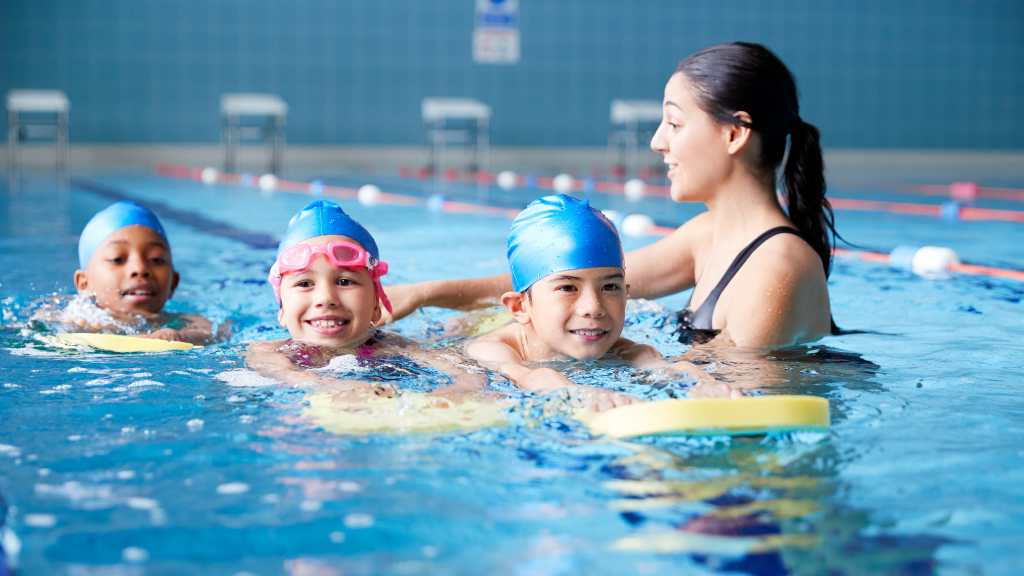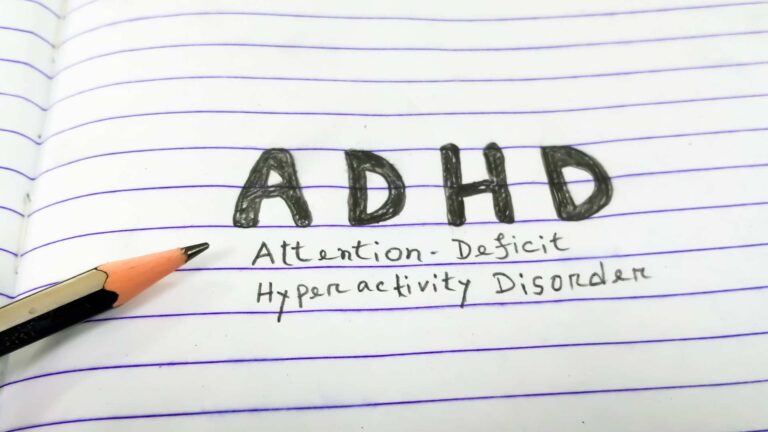Table of Contents
How can I help my child with autism swim safely?
Autism-friendly swimming can provide excellent therapeutic benefits for children, offering sensory regulation, physical exercise, and social opportunities. The soothing sensory experience of water can give comfort and joy to these children, like few other activities can. However, it’s essential to prioritize safety, as drowning represents a significant risk for individuals with autism spectrum disorder (ASD).
“How can I help my child with autism swim safely?” This question concerns many parents and caregivers. The good news is that with proper preparation, consistent teaching approaches, and autism-friendly swimming adaptations, this activity can become both safe and beneficial. This guide by ABA Centers of Georgia provides evidence-based strategies that have helped many families transform their approach to autism and water safety.
Understanding Autism-Friendly Swimming Approaches
Children with autism process sensory information in their unique way, which significantly impacts their experience in aquatic environments. Some may be drawn to water without understanding its dangers, while others might experience sensory aversions to aspects of swimming pools, such as echoing sounds or chemical smells.
Creating autism-friendly swimming environments means acknowledging these unique sensory profiles and adapting teaching methods accordingly. Autism-friendly swimming instruction focuses not just on teaching strokes but on building water safety awareness, communication around water, and consistent safety routines.
The Challenges of Autism and Water Safety
To understand how to make swimming safer, we first need to recognize why water is so enticing for individuals with autism.
- Sensory Appeal of Water: Water provides a unique sensory experience for children with autism. The feeling of submersion, the smoothness of moving through water, and the visual effects of light reflecting on the surface are particularly stimulating. This sensory input can be calming and even therapeutic.
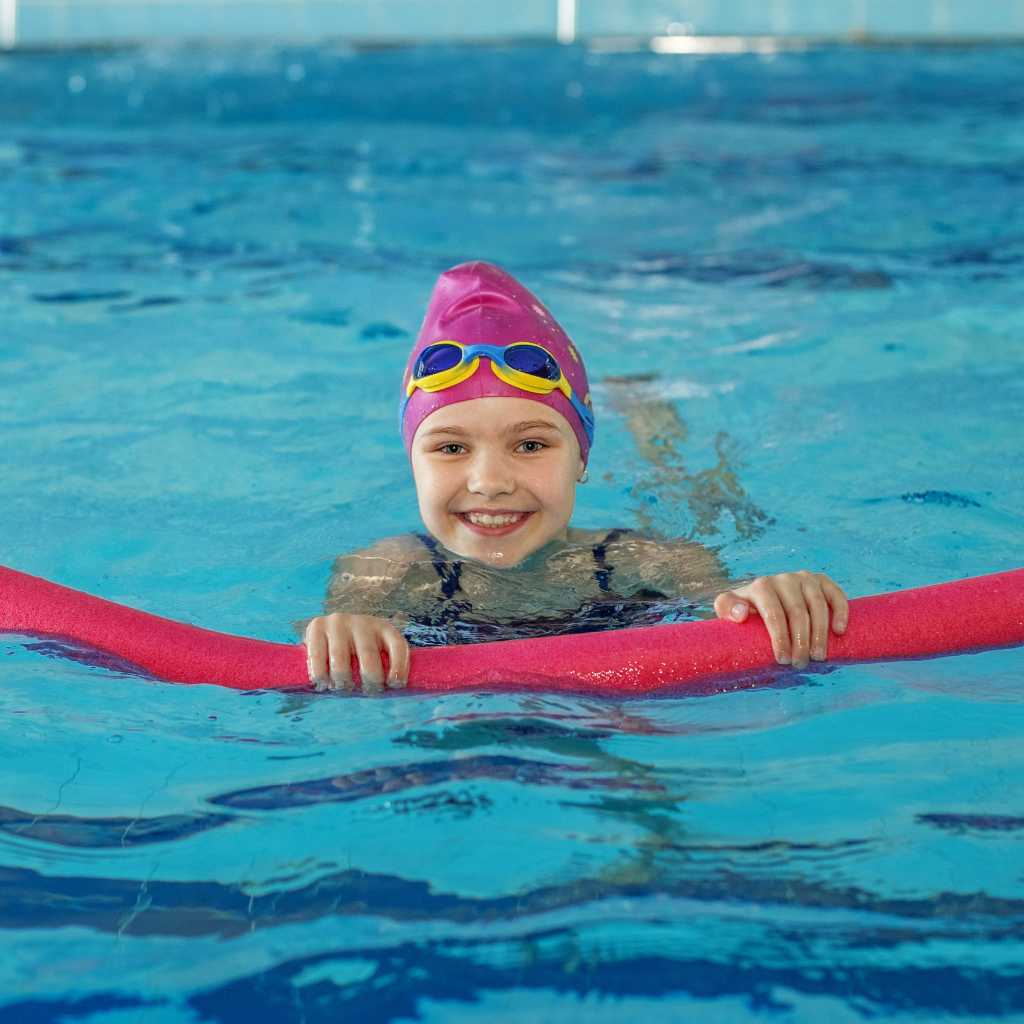
- Limited Understanding of Danger: Unfortunately, this love of water can be coupled with a reduced awareness of danger. Children with autism may not fully grasp the risks associated with deep water, currents, or even slipping into a pool, making water safety measures all the more crucial.
- Communication Challenges: Some children on the spectrum may have difficulty expressing themselves if they feel afraid, tired, or need help in the water. These communication barriers further underscore the importance of preparation and proactive safety practices.
National Water Safety Month: Why It Matters for Autism Families
In May, we honor National Water Safety Month, but for families affected by autism, water safety awareness needs to be a year-round priority. According to research published in Injury Epidemiology, children with autism are at a higher risk of accidental drowning than their neurotypical peers, with wandering being the most commonly reported activity leading to these incidents, accounting for 73.9% of cases. This alarming statistic highlights the critical need for specialized autism-friendly swimming safety approaches.
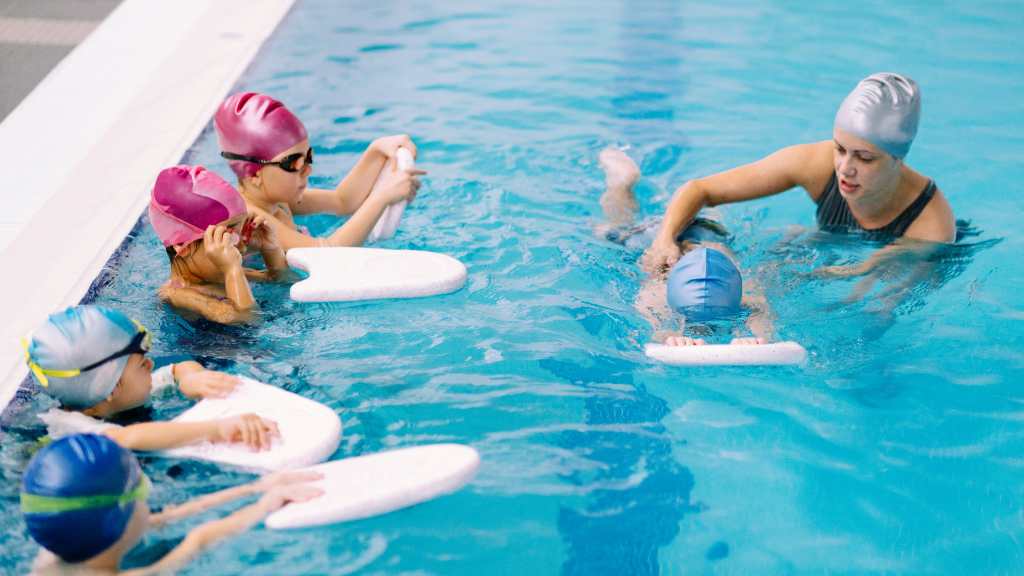
10 Essential Safety Tips for Autism and Water Safety
Creating a safe autism-friendly swimming environment involves a combination of supervision, tools, and awareness. Here are 10 actionable tips for autism-friendly swimming to help you get started:
- Implement Gradual Water Introduction: For many children with autism, water can trigger sensory sensitivities or, conversely, excessive interest. Begin water introduction gradually—sitting poolside, touching water with hands, then feet, and slowly progressing to partial immersion. This systematic desensitization builds comfort before attempting swimming skills. Respect each child’s pace and sensory profile throughout this process.
- Utilize Visual Schedules and Social Stories: Visual supports significantly enhance learning and reduce anxiety for many individuals with autism. Create visual swimming lesson schedules with simple pictures to help children understand the sequence of activities. Social stories about pool rules, water safety procedures, and appropriate swimming behavior prepare children for what to expect and establish safety routines before formal instruction begins.
- Work with Autism-Trained Swimming Instructors: Seek instructors specifically trained in autism and water safety teaching techniques. Qualified instructors understand the need for clear, concise language, visual demonstrations, sensory accommodations, and differentiated instruction methods. Many adaptive aquatics programs now offer autism-friendly swimming instruction with appropriate student-teacher ratios.
- Establish Consistent Water Safety Rules: Children with autism typically benefit from consistency and clear expectations. Develop simple, non-negotiable water rules such as:
- No water access without adult supervision
- Walking only around the pool areas
- Requesting permission before approaching water
Practice these rules consistently using the exact, precise wording until they become automatic. Reinforce appropriate behavior immediately to strengthen these safety habits.
- Employ Appropriate Flotation Devices: Consider using multiple layers of flotation initially, such as professionally fitted life vests combined with other supports, gradually transitioning to less assistance as skills improve. Flotation devices build confidence while developing independent swimming abilities. Be aware that some children with autism may resist wearing flotation devices due to sensory sensitivities; desensitization protocols can help address these challenges.
- Install Physical Barriers Around Water: Environmental modifications represent a crucial safety layer. Ensure pools have compliant fencing with self-closing and self-latching gates. Install door alarms on all home exits to alert caregivers if a child attempts to leave without your supervision. For families without home pools, remember that neighbors’ pools, ponds, and even decorative water features present risks for children prone to wandering.
- Teach Specific Water Entry and Exit Points: Clearly designate and consistently practice appropriate pool entry and exit locations. This boundary setting helps prevent spontaneous water entry and creates predictable routines around swimming activities. Use visual markers when possible to reinforce these designated areas.
- Practice Emergency Response Protocols: Even nonverbal children can learn emergency responses through consistent practice. Regularly rehearse water safety skills such as turning around, grabbing the wall, and holding on if they accidentally enter water. Simple, concrete emergency responses—practiced regularly through behavioral rehearsal—can become life-saving automatic reactions.
- Use Water-Safe Identification Methods: Consider waterproof identification wristbands with emergency contact information for swimming activities. For beginning swimmers, bright-colored swim caps or rash guards increase visibility in group swimming situations and help instructors or lifeguards identify children requiring extra monitoring.
- Pursue Swimming Lessons as a Priority Intervention: Many healthcare providers now recognize swim lessons as an essential safety intervention for children with autism, given the elevated drowning risk. Some insurance plans cover adaptive swim instruction when documented adequately as medically necessary. Early and consistent swim instruction significantly reduces drowning risk while providing valuable therapeutic benefits.
How ABA Therapy Supports Autism-Friendly Swimming
Applied Behavior Analysis (ABA) therapy provides a structured methodology for developing critical water safety skills in children with autism. When integrated with swim instruction, ABA techniques can significantly enhance safety outcomes.
ABA therapy supports autism and water safety through:
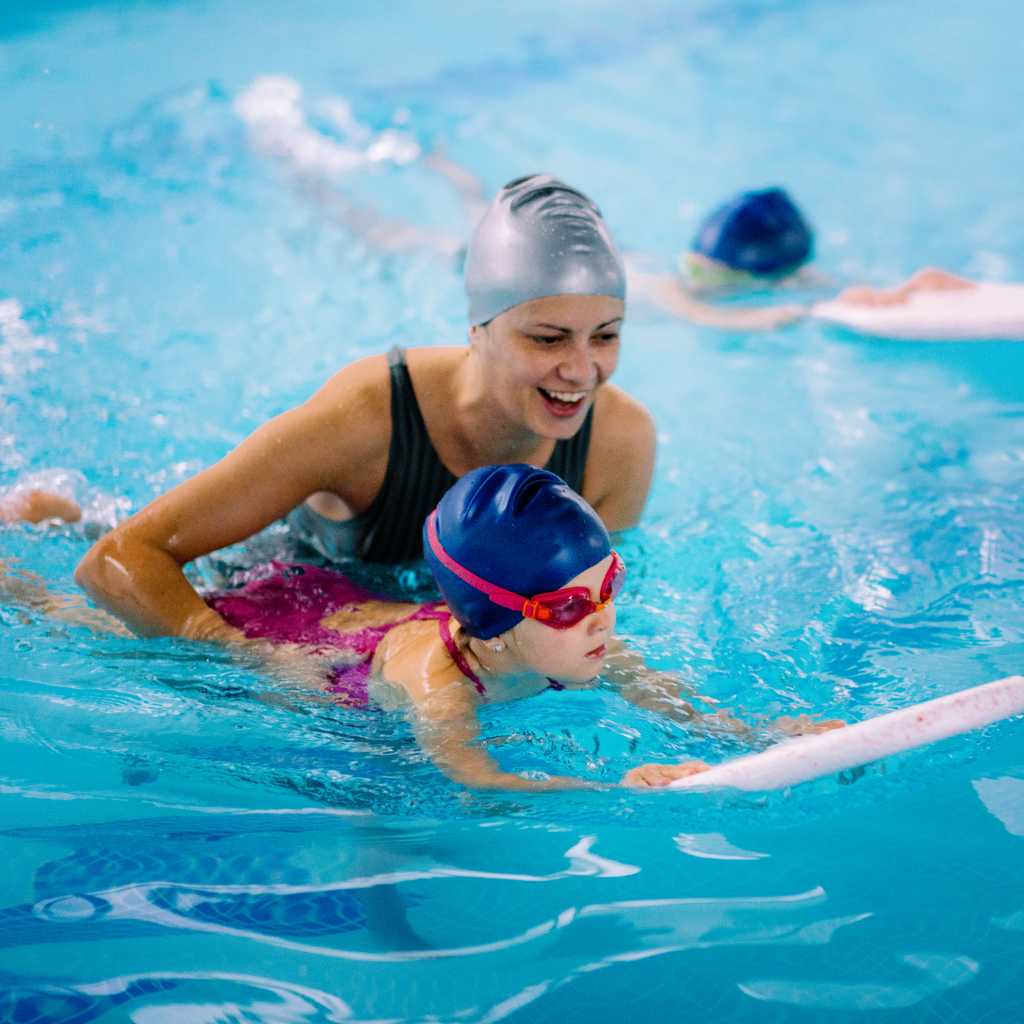
- Systematic Skill Building: ABA techniques break down complex safety behaviors into manageable steps, allowing children to master critical skills like waiting for permission before entering water, responding to safety commands, and following multi-step safety instructions.
- Sensory Desensitization: For children with aversions to water sensations, systematic desensitization protocols gradually increase tolerance to different aspects of the swimming environment, like water temperature or splashing sensations.
- Individualized Reinforcement Systems: Personalized motivation systems encourage children to practice safety skills regularly until they become habitual. ABA therapists specifically design reinforcement strategies around each child’s interests and preferences.
- Generalization Training: ABA methodology helps children apply safety rules consistently across different environments, including indoor pools and outdoor water settings, ensuring that safety skills transfer appropriately.
- Data-Based Decision Making: Regular data collection allows therapists and swimming instructors to measure progress objectively and modify teaching approaches as needed for optimal skill development.
Building Autism-Friendly Swimming Experiences with ABA Centers of Georgia
Safety concerns should not overshadow the joy of swimming. By taking these practical autism-friendly swimming steps, you can ensure your child with autism not only enjoys the benefits of water activities but also remains protected. From supervised swimming and secure barriers to ABA therapy’s structured support, every measure adds an essential layer of security.
Families looking to prioritize water safety education and essential skills development can access autism support resources with ABA Centers of Georgia by calling (855) 929-5058 or connecting online. The proper preparation today leads to safer, happier experiences in the water for years to come.

